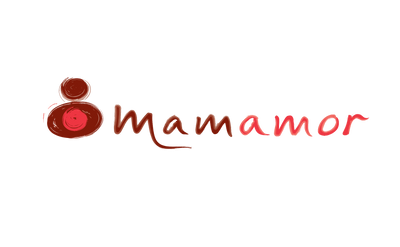
When I took Langston, my four-year-old son, along to my sixteen-week checkup, he fell in love with the midwives’ office. He loved following them around to watch what they were doing, he loved the abundance of toys they had for children to play with while they waited, and because I’m blind, the midwives told me that he stared in wide-eyed amazement when he heard his brother’s heartbeat on the Doppler. He begged me to let him come to the office every time he knew I was going.
I wanted to teach him more about birth, so that he would know what a home birth would be like and whether he’d want to attend. The midwives had a few books in the office to prepare older siblings, but unfortunately, I couldn’t read a regular print book aloud to him right there; I needed to wait until one of my dear friends could braille it. When I asked the midwives whether they had any manipulatives either they or I could explain, they handed me a model of a pelvis, which was heavy, devoid of any connection to the face and arms of a mother and not very interesting to either my son or me. I could feel him glazing over when the midwife gamely tried to explain how a baby moved through this thing.
This post is not an attack on my midwives’ office; indeed, I went on to have a joyful, respectful birth, which I described in detail for a testimonial I hope they will use on their website. But I wondered how I would teach Langston about birth in a tactile, fun way which would work for both of us. Google led me to MamAmor Dolls.
I hesitated. The dolls costed a lot, and we already didn’t have that much money before the birth. Furthermore, Langston isn’t really a doll or toy people person. He loves dramatic play more than anything, but he prefers playing with or pretending to be an animal. Were these dolls more for me than they were for him, and therefore were they not really necessary? But I reasoned that the materials MamAmor used were durable and high-quality, suitable for children to play with, and unlike regular play, birth play would help Langston to work toward one of the biggest changes of his life. So I contacted Adriana about our doll. A Custom doll arrangement, I decided, though more expensive, would be more relatable to my doll-averse son.
Adriana responded promptly and kindly to my emails, and she helped me to work out the doll options which were just right for us. And about a month before the birth, Langston had his practice model.
I immediately noticed that Langston could relate to these dolls and could connect them to our family. Furthermore, he pretended both the pregnancy and the breastfeeding over and over, remembering that I had told him I had once fed him that way. And I knew the dolls and the books my friend brailled prepared him for our birth when he accompanied me through most of early labor, left the room during the worst of it and came back in to see his brother, Noor, newly born and “still all dirty,” still connected to the placenta and the “umbility cord.”
Noor is three months old now, and Langston has adjusted very well. He is always gentle with his brother, though he will sometimes tell me that I’m not as much fun as I used to be. This is a perfectly accurate observation. Sometimes, he will ask me if I want to play family with him, and we’ll send the dolls off on a snow adventure, baby in tow.
Langston looks forward to increasing his animal collection with more MamAmor puppies. These are more up his alley, and I think they will get more use than the dolls in the long run. But I’m glad I finally found a group of dolls which not only taught Langston about birth but which also helped him to expand the possibilities for his dramatic play. And someday I hope to gift my midwives’ office with a MamAmor doll of its own, so they can share it with the curious older siblings who follow them around, hoping to learn the secrets of life.
Kristen Witucki




